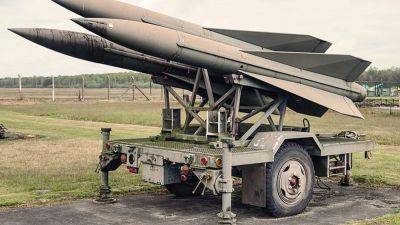South Korea eyes a rich BRICS road to the Global South
In 2024, the BRICS nations continue to consolidate their influence in the global arena, collectively accounting for over 40% of the world’s population and approximately 30% of global GDP in purchasing power parity terms.
According to recent IMF projections, BRICS countries are set to contribute over 50% of global GDP growth in the coming years, underscoring their increasing weight in the international economic landscape.
China and India, in particular, remain the principal economic engines of the group, each maintaining robust trajectories fueled by China’s Belt and Road Initiative (BRI) and India’s ascendancy as a prominent manufacturing hub.
Complementing these giants, Russia leverages its vast energy resources, Brazil capitalizes on its agricultural and natural wealth and South Africa anchors the coalition’s outreach on the African continent. This strategic diversity enables BRICS to wield considerable influence in shaping global economic and political agendas.
Today, the BRICS is positioning itself as a counterweight to traditional Western-led financial institutions like the IMF and World Bank, aiming to restore balance and justice in the emerging global economic order.
Central to this effort is the New Development Bank (NDB), which began with an initial capital of US$100 billion to fund infrastructure and sustainable projects, extending beyond the BRICS members to other emerging economies.
This initiative, combined with efforts to promote trade in local currencies, reflects a strategy to reduce reliance on dollar-based systems and challenge Western dominance in global financial governance.
Moreover, BRICS has increasingly positioned itself as a representative of the Global South, advocating for principles of







